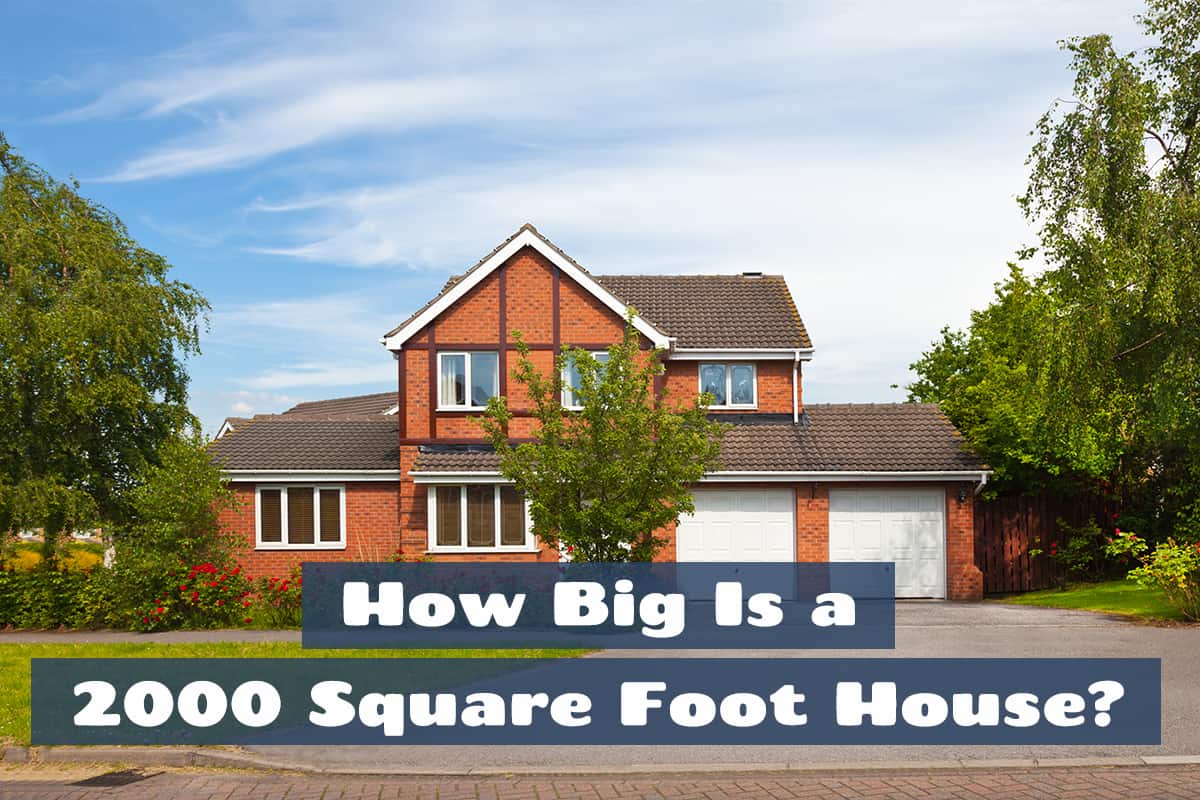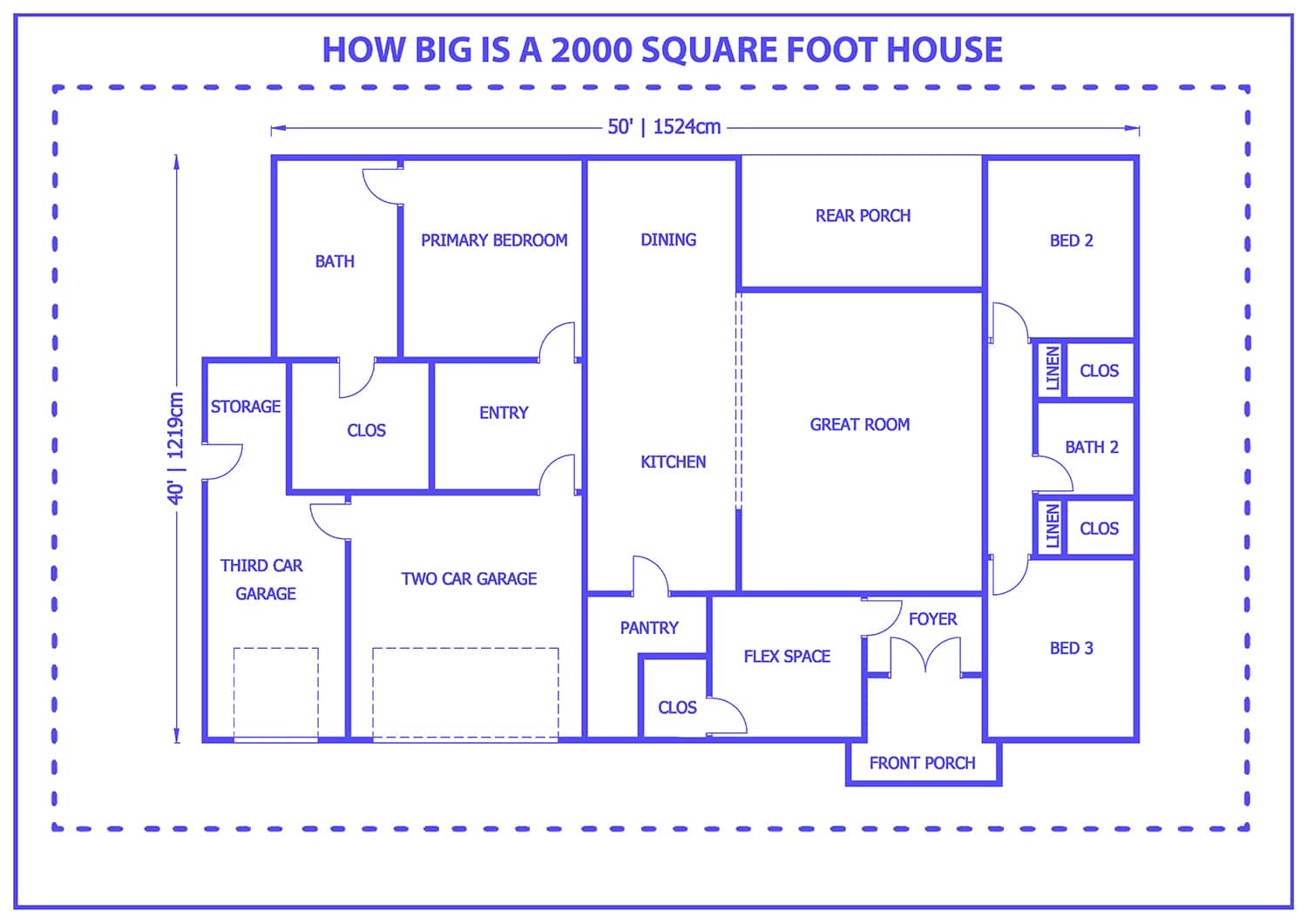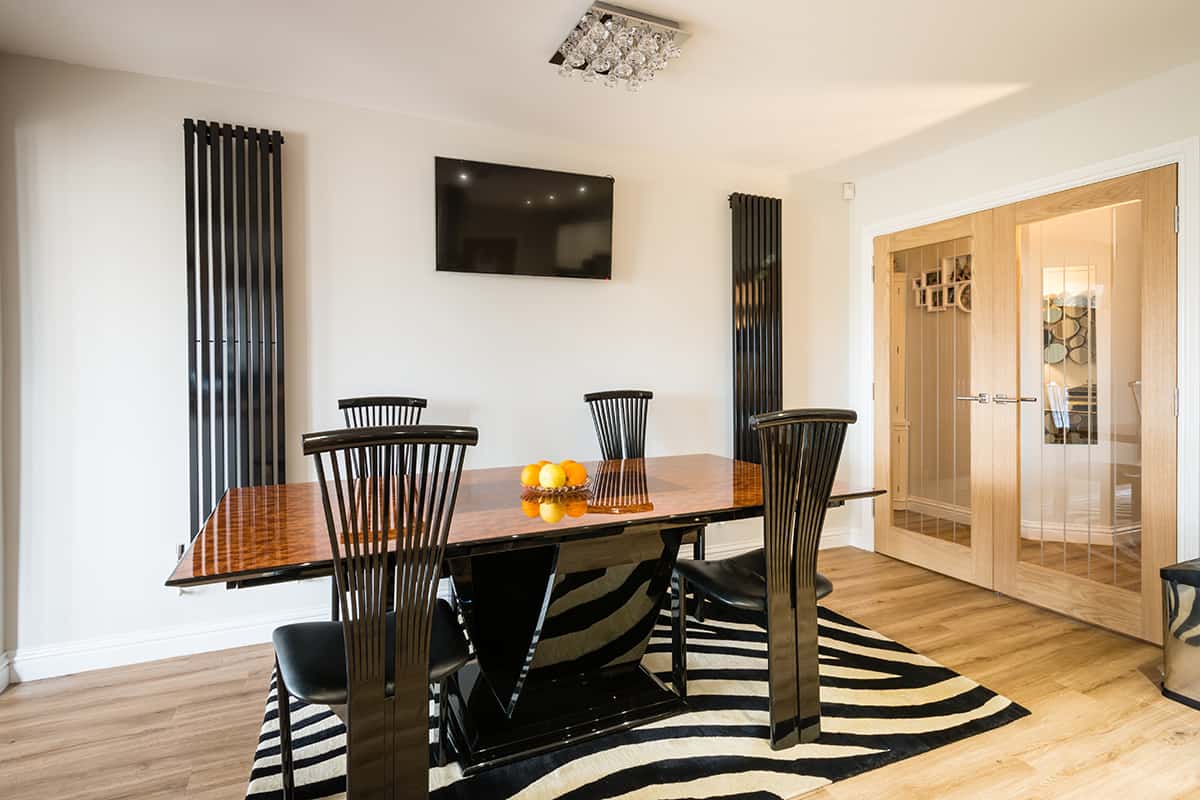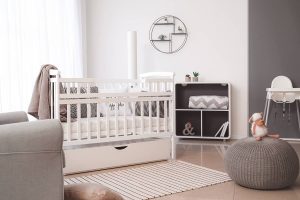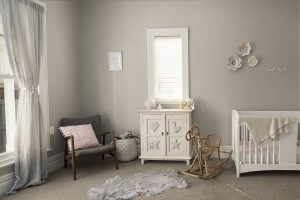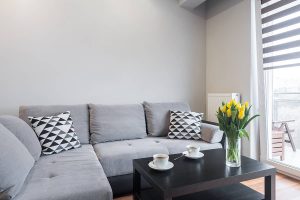A 2,000-square-foot house is a marvel of both size and space efficiency. It provides ample room for comfort, boasting a size that many homeowners find to be an ideal balance between coziness and spaciousness.
A 2,000-square-foot house can have various dimensions depending on its layout; a common one would be 50 ft by 40 ft. Generally, such a house can comfortably accommodate a medium-sized family of 4 to 6 people.
In this article, we will learn more about what makes a 2,000-square-foot house tick, its potential dimensions, layout options, and advantages and drawbacks.
Fundamental Concepts
The term ‘square footage’ refers to the area of a space measured in feet. It’s calculated by multiplying the length of a room by its width. In terms of home size, square footage encompasses all the livable, heated, and cooled space. However, it typically doesn’t account for garages, unfinished basements, or porches unless they’re specifically mentioned.
For instance, in a room that is 10 feet wide and 20 feet long, you’d calculate the square footage by multiplying these two measurements, yielding 200 square feet. So, when you hear that a house is 2,000 square feet, it means the sum of all the livable areas—hallways, bedrooms, kitchen, living room, etc.—is 2,000 square feet.
To visualize the size of a 2,000-square-foot house, imagine a space that’s about the size of a tennis court, which is typically around 2,100 square feet. Another way is to consider the size of a small, standalone commercial store or a modest restaurant—those are often around the 2,000-square-foot mark.
Now, consider dividing this space into separate rooms and areas, each designed for a specific purpose—bedrooms, bathrooms, kitchen, living room, etc. A 2,000-square-foot house can comfortably fit three to four bedrooms, a couple of bathrooms, a kitchen, and a spacious living area, depending on the specific layout chosen.
Dimensions of a 2,000 Square Foot House
Much like assembling a puzzle, arranging the rooms and spaces within this square footage can yield a variety of outcomes, each unique in its design and functionality.
The dimensions of a 2,000-square-foot house can vary widely based on the layout and design. It could be a perfect square with each side being about 45 feet (the square root of 2,000 is approximately 44.72 feet), a rectangle with dimensions of 50 feet by 40 feet, or any other combination that multiplies to 2,000.
The footprint of a house, which is the area it covers on the land, can be different from the total square footage if the house has more than one story. For example, a two-story house might have a footprint of 1,000 square feet (say, 32 feet by 31 feet) but offer 2,000 square feet of living space.
Layout Options for a 2,000 Square Foot House
The layout of a 2,000-square-foot house can significantly impact its functionality, aesthetics, and overall feel. The options are endless, from single-story to multi-story designs and from open floor plans to compartmentalized spaces.
Single Story vs. Multi-Story Layouts
In a single-story layout, all the rooms are on the same level. This layout offers easy accessibility and can be ideal for families with young children or individuals with mobility issues. It can also provide a feeling of spaciousness if designed with an open floor plan.
A multi-story layout divides the living spaces into two or more levels. This layout can create a clear separation between public areas (like the living room and kitchen) and private areas (like bedrooms), which some homeowners may prefer. Multi-story houses can be a good fit for narrow lots or urban settings where land is at a premium.
Open Floor Plans
Open floor plans have been a popular trend in home design where walls are minimized to create large, flowing spaces. An open floor plan in a 2,000-square-foot house might combine the kitchen, dining room, and living room into one expansive space, providing a feeling of spaciousness and flexibility. This type of layout can be great for entertaining, allowing interaction between spaces.
Compartmentalized Layouts
Contrary to open floor plans, a compartmentalized layout separates the house into distinct rooms. This layout can provide more privacy and reduce noise transfer between rooms. In a 2,000-square-foot house, you might have separate rooms for the kitchen, dining room, living room, and bedrooms, each with its own distinct feel and purpose.
Number of Bedrooms and Bathrooms
A 2,000-square-foot house can comfortably accommodate three to five bedrooms and two to three bathrooms, depending on the chosen layout. A house with fewer bedrooms may have larger, more spacious rooms, while a house with more bedrooms may have smaller rooms but accommodate more people.
Other Layout Considerations
Additional layout considerations for a 2,000-square-foot house could include the inclusion of a home office, a large master suite, an outdoor living space, or a bonus room like a media room or home gym. The house could also include special accessibility features like wide doorways and hallways, a single-story layout, or a wheelchair-accessible bathroom.
Advantages and Disadvantages of a 2,000 Square Foot House
Living in such a large space has its advantages and disadvantages. Take heed of the following pros and cons if you’re thinking about owning or renting a 2,000 square foot home.
Advantages
- Spacious Living Areas
One of the main advantages of a 2,000 square foot house is the spacious living areas it provides. This size of home can comfortably accommodate three to four bedrooms, multiple bathrooms, a generous kitchen, and ample living and dining spaces.
- Flexibility in Design
A 2,000 square foot house offers flexibility in terms of layout and design. It allows for both open floor plans and compartmentalized layouts, and it can be single-story or multi-story depending on the homeowners’ preferences and needs.
- Room for Amenities
This size of home often has enough space for extra amenities, like a home office, a large master suite, a playroom for kids, or even a dedicated hobby room.
Disadvantages
- Higher Costs
A larger home typically comes with higher costs. This can include a higher purchase price, higher property taxes, and higher heating, cooling, and maintenance costs.
- More Maintenance and Cleaning
With more space comes more maintenance and cleaning. A 2,000-square-foot house requires more time and effort to keep clean and well-maintained than a smaller home.
- Potential for Wasted Space
If not well-planned, a 2,000-square-foot house could end up with rarely used rooms, leading to wasted space. It’s important to design the layout of a larger home carefully to ensure all space is utilized effectively.
